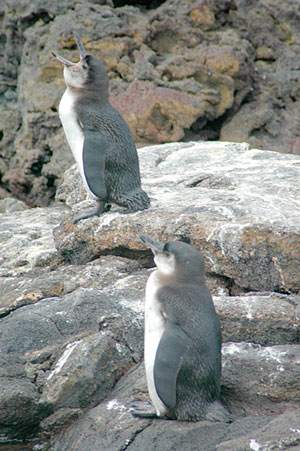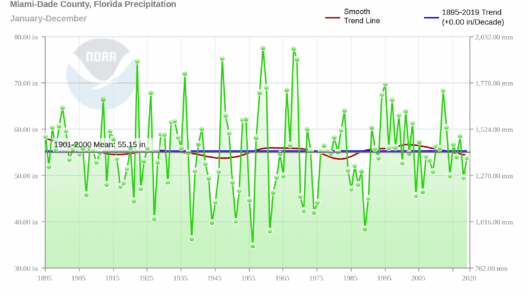Penguins are predominantly known for their association with the frigid landscapes of Antarctica, where they waddle on ice floes and dive through icy waters. However, this image is not entirely accurate. A considerable number of penguin species not only survive but thrive in warmer climates. This article delves into the fascinating world of these warm-climate penguin species and unveils some surprising facts about their adaptability and behavior.
To begin this exploration, it is essential to clarify that not all penguins are confined to the Arctic or Antarctic regions. There are 18 recognized species of penguins, and among them, several inhabit temperate and subtropical regions. For example, the Galápagos penguin, a species that is endemic to the Galápagos Islands, serves as a testament to penguins’ remarkable adaptability to warmer weather.
The Galápagos penguin, specifically, resides at the equator, where temperatures can soar. This species has ingeniously adapted to its environment. It employs various behavioral mechanisms to keep cool, such as panting and seeking shade under overhanging rocks during the hottest parts of the day. The stunning contrast between the traditional image of a cold-climate penguin and this equatorial dweller showcases the remarkable diversity within the penguin family.
In addition to the Galápagos penguin, there are other species that call temperate regions home. The African penguin, often found along the southwestern coast of Africa, nests in burrows to escape the heat. Likewise, the Humboldt penguin inhabits the coasts of Chile and Peru, where it faces temperatures that can be significantly warmer than Antarctica. These penguins exhibit similar adaptive behaviors to cope with their surroundings while maintaining their unique aspects of life.
Another intriguing aspect of warm-climate penguins is their breeding behavior. It is a common misconception that penguins breed exclusively in icy, remote environments. For instance, the African penguin breeds during the warmer months, typically from March to September. This reproductive timing corresponds with the cooler sea temperatures and abundant food sources, facilitating the survival of their chicks. Each species has evolved distinct strategies tailored to its environment, ensuring that they can successfully procreate even within warmer climates.
Furthermore, the dietary preferences of warm-climate penguins are equally striking. Unlike their cold-weather counterparts who primarily feed on fish trapped in icy waters, these species adapt their diets based on availability. They thrive on a variety of marine life, including squid, crustaceans, and other fish that inhabit warmer coastal waters. This dietary flexibility exemplifies the resilience of these species, allowing them to navigate changing ecosystems effectively.
The presence of warm-climate penguins is not merely an anomaly within an otherwise polar-centric family. Their existence raises critical questions regarding climate change and its impact on biodiversity. In recent years, the habitats of many penguin species have been threatened by rising sea temperatures and diminishing food supplies. The challenges posed by climate change affect not only the species adapted to cold but also those thriving in warmer regions. It is a reminder that even penguins, which are often perceived as emblematic of icy environments, are vulnerable to the shifts in global climate patterns.
Moreover, understanding the adaptability of warm-climate penguins prompts further inquiry into their ecological significance. These species contribute to the health of their respective ecosystems, often acting as indicators of environmental change. Their presence or absence can serve as a crucial sign of the overall health of marine ecosystems, highlighting the intricate web of life that supports them. As such, the conservation of warm-climate penguins is vital not just for their own survival but for the broader health of the marine environments they inhabit.
Interestingly, warm-climate penguins also challenge preconceived notions about cold-loving wildlife. They exemplify evolutionary versatility. For instance, the distinct adaptations seen in the Galápagos penguin, which include smaller size and a more varied diet than other penguin species, spotlight the potential for species to evolve based on environmental demands. This evolution draws parallels to other warm-weather animals, thus facilitating a broader understanding of adaptation processes in diverse ecosystems.
In conclusion, the narrative that penguins solely occupy cold climates is a narrow perspective that fails to capture the full complexity of these fascinating birds. The Galápagos, African, and Humboldt penguins are prime examples of how species flourish outside frigid environments, exhibiting a myriad of adaptations, breeding patterns, and dietary preferences. Understanding the ecological role of warm-climate penguins also emphasizes the urgency of addressing climate change, as their survival is intricately linked to broader environmental health. With rising global temperatures threatening their habitats, it is imperative to recognize and appreciate the remarkable diversity among penguins, advocating for necessary conservation efforts to ensure that these extraordinary birds continue to thrive in their unique environments.








